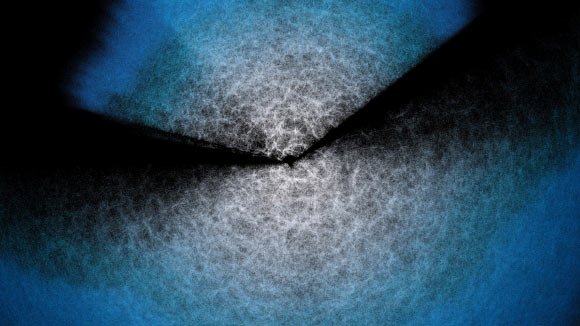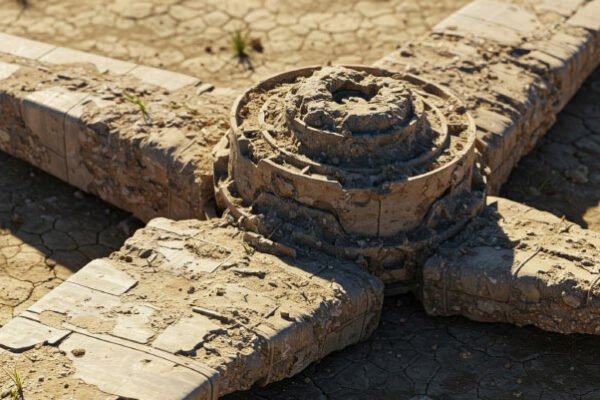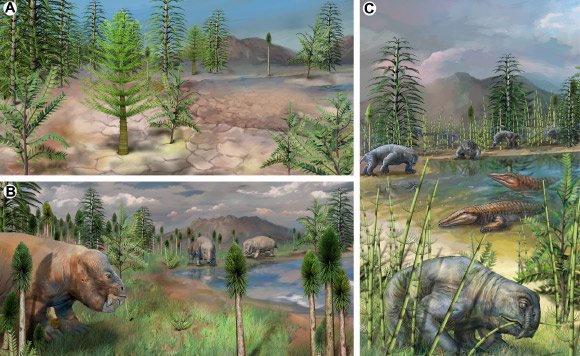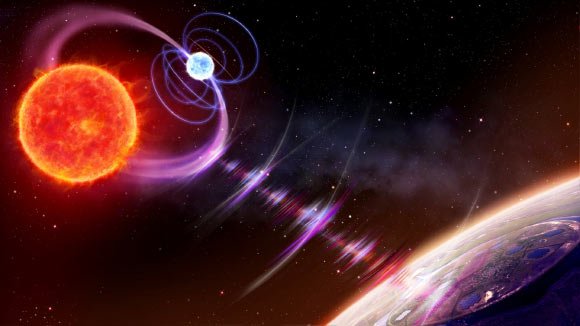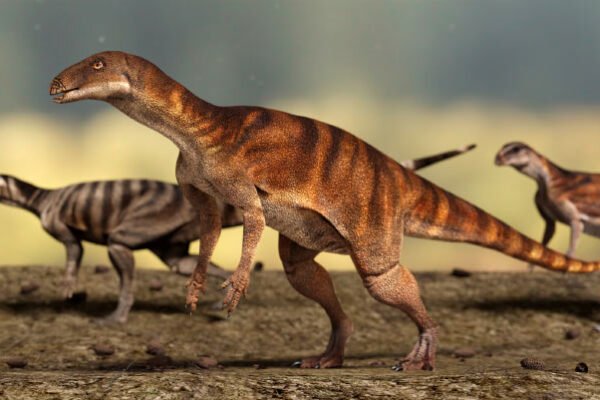
Hubble Captures Stunning Image of NGC 5530
NASA has released a beautiful new image snapped by the NASA/ESA Hubble Space Telescope of the ‘flocculent’ spiral galaxy NGC 5530. This Hubble image shows NGC 5530, a spiral galaxy some 40 million light-years away in the constellation of Lupus. Image credit: NASA / ESA / Hubble / D. Thilker. NGC 5530 is located approximately…








